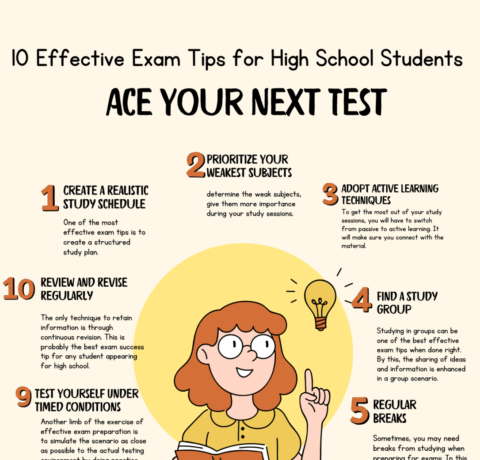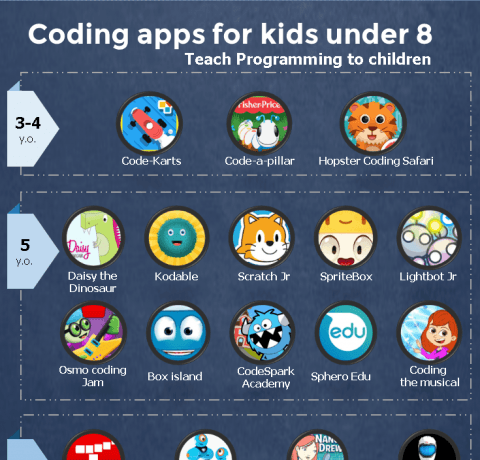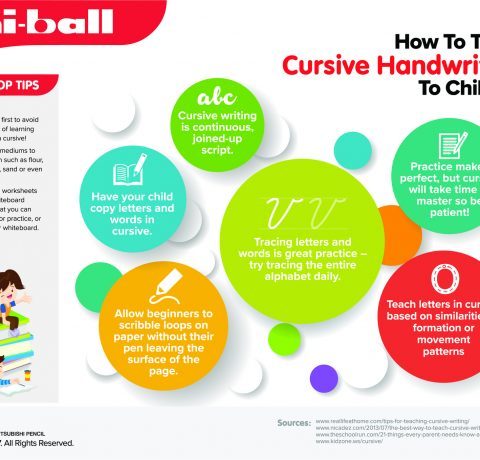Math Success for English Language Learners Infographic
Math has been called the universal language. More than any other subject, math skills are the top predictor for student success. But with lengthy word problems and other language-heavy instructional methods, how can English Language Learners (ELLs) have the same access to this essential and universal language? Here’s an infographic that presents considerations around ELL math success.
Taking Language Out of the Equation
Author and Stanford Professor of Mathematics Education Jo Boaler provides research on how teaching math through visual representations improves student math performance significantly.
Here at MIND Research Institute, mathematicians and neuroscience researchers have found that teaching math using a game-based visual learning approach that activates the brain’s spatial-temporal reasoning skills leads to a deeper understanding of concepts for all students, including ELLs. Let’s take a closer look at the potential impact visual instructional technology can have on ELL math education.
ELLs and the Math Achievement Gap
Why focus on math? Shouldn’t reading skills come first for ELLs? Interestingly, a 2007 study by University of California professor Greg Duncan found that having strong early math skills is a stronger predictor of later academic success, more than literacy skills or positive student behaviors. Meanwhile, average math scores for ELL fourth- and eighth-grade students have consistently been lower than their non-ELL peers over the past 10 years.
Providing ELLs access to the same level of math rigor as other students is an essential aspect of supporting their overall academic success. When considering instructional solutions inclusive of ELLs–particularly technology-based solutions–here are some features to look for:
- Presents math problems and concepts visually
- Allows interactive, self-directed exploration
- Delivers scaffolded, mastery-based learning
- Introduces mathematical language in strategic intervals
- Provides data and real-time, informative feedback so players can monitor progress and adjust their solution path
Supporting Teacher Efficacy
English language learners aren’t the only ones challenged by math struggles. More than one-third of elementary teachers admit they experience some kind of math anxiety themselves. Being on the front lines of providing individualized instruction to students with a wide variety of needs, nearly 75 percent of teachers say they recently felt mental and physical exhaustion at the end of a workday.
In addition, job satisfaction and teacher retention rates are typically lower in low-income schools, often where ELL representation is particularly high. The average low-income school can expect to lose at least 50 percent of its staff every three years.
Addressing these concerns can start with increasing the level of mentorship, training and instructional resources to support teachers in doing what they love to do: helping students reach their potential.
Innovative instructional math technology can play a critical role by:
- Assisting teachers in providing individualized and effective instruction
- Meeting each student’s learning needs, regardless of language or achievement level
- Guiding students through carefully crafted, self-paced learning paths for content mastery
Building Family Engagement
Students spend 70 percent of waking hours outside of school walls. At home, ELLs may face additional challenges, such as not having access to devices and the internet. Also, parents may have limited education levels and English proficiency. Providing equal chances for math success to ELLs includes considering their learning needs at home.
Here are two additional areas to consider:
- How can we support at-home learning by giving ELLs the same access to technology-based homework time, when they might not have devices or internet availability? In a grassroots effort, we’re seeing educators across the country mobilizing to address these inequalities.
- Does the math instructional program support parents of ELLs in keeping track of student learning progress and facilitate productive communication with their children and their teachers?
See also:







You can adjust your cookie preferences here.